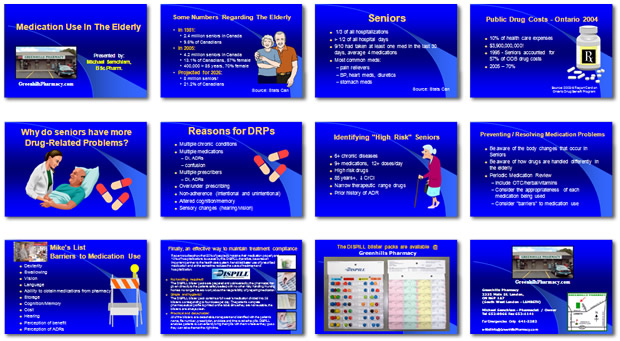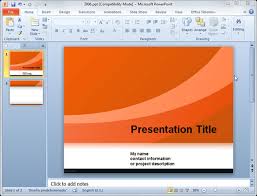|
EBM Assessment Criteria
|
Yes
|
No
|
|
Structure of EBM Presentation: Use this guide to structure your slide presentation
|
|
|
|
1. Opening slide contains engaging patient centred title, presenter name and institutional affiliation:
|
|
|
|
2. Presents detailed patient case clearly with background & clinical and social detail. (It is an advantage for 'lode' for students to use patient cases based on ones from their hospital ward experience)
Title: Patient Presentation (1-2 slides
|
|
|
|
3. Provides appropriate clinical background to patient’s pathology
Title: Clinical Background (1-2 slides)
|
|
|
|
4. Identifies a clinical problem and writes a clear well structured clinical query as a starting point for searching for evidence (e.g. using PICO)
Title: Clinical Query or Clinical Question) (1 slide)
|
|
|
|
5. Identifies key words, concepts and relevant terminology in English to create a semantic map
Title: Key Search Terms or Key Terminology (1 slide)
|
|
|
|
6. Describes a systematic search strategy demonstrating knowledge of different medical databases with some examples
Title: Search Strategies (1-2 slides)
|
|
|
|
7. Describes filters and inclusion/exclusion criteria for usng evidence, and indicates number of studies included and study designs.
Title: Selection Criteria (1 slide)
|
|
|
|
8. Evaluates evidence explaining factors which influence the accuracy or validity of information
(e.g. how up to date it is; possible bias, compare and contrast, methodological factors (e.g. study designs and the strength or weakness of the evidence you present)
Consider using a table like this below to present your evidence schematically, writing author names for the outcomes they described.
Title: Evaluation of Evidence (1-2 Slides)
|
Clinical Outcomes
|
Intervention A
|
Intervention B
|
|
Quality of Life
|
Smith et al (2016)
|
Beal et al (2016)
|
|
Survival ?mortality
|
Rossi (2015), Beffe (2012)
|
Johnson (2015)
|
|
|
|
|
9. Balances primary and high quality secondary evidence. Evidence must include most recent up to date papers
In your oral synthesis consider grouping studies together under study design. You can do this in Italian or English. The important thing is to have structure in your synthesis. Here is a model guide to help you:
e.g. I identified 2 systematic reviews, 5 RCTs and 3 Cohort studies relevant to my patient and query. First I shall examine my primary studies. I identified 5 RCTs for a total of 1,200 patients. These were comparable studies ….. (or not comparable) .. because….. . Possible sources of bias include….. . From these results we can generalize/cannot generalize that…. Possible sources of bias are ……..
Moving on, I also included 3 cohort studies which together included 4000 patients….These studies posed the same/different questions, including …….
To conclude I identified a Cochrane systematic review by Smith et al. published in 2018. It examined 38 RCTs…………. for a total patient population of 10,600. The results of this review suggest ………. One limitation of this study is that... however on balance....
So overall the message of my synthesis is ….. and the implications for future research are firstly.... secondly.. and finally ....
(you can take notes to help you remember the details of each study)
|
|
|
|
10. Relates synthesis of evidence to own patient and explains unresolved issues and/or future directions for research
Title: ‘Clinical Message, and or ‘Conclusion’ (1-2 slides)
|
|
|
|
11. Bibliography is formatted using a bibliographic software (e.g. Mendeley, Zotero, Papers,) and is of a professional standard for medical publication
Title: References (1-2 slides)
|
|
|
|
Quality of Presentation
|
|
|
|
12. All medical definitions/descriptions and images are referenced professionally on slides using bibliographic software (e.g. Mendeley, Zotero, Papers, Endnote). Each student must present a minimum of 10 full text papers. Bring these on a pen drive during to the exam. You can include a maximum of 3 secondary reviews. (15+ papers for groups of 2 students) Evidence must be up to date
|
|
|
|
13. Patient confidentiality is maintained and data anonymised. The best presentations will be based on patients you have met and worked with in the hospital during your studies. Permission to use case must be requested form the clinicians responsible (see point 14)
|
|
|
|
14. Appropriate acknowledgement is made of all public Hospital data reported (patient records, imaging, laboratory tests etc) and clinicians who have aided you in your work: e.g. Courtesy of Dr. Rossi Azienda Policlinico Umberto I, Rome Italy
|
|
|
|
15. Communicates effectively (engages audience, uses multimedia support, clear structure & signposting and keeps to timing
|
|
|
|
TOTAL MARKS
|
15/30
|
|



